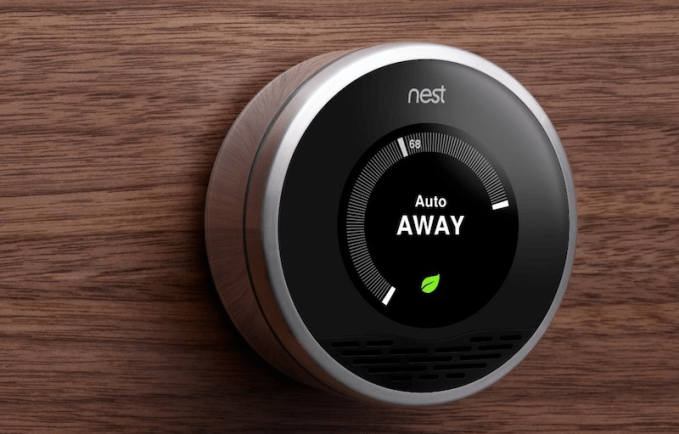
Google-subsidiary Nest claims that the results of three studies based on longitudinal data show that its thermostat pays for itself in less than two years from savings from heating and cooling costs.
The studies were funded and implemented separately by the Energy Trust of Oregon, Indiana-based utility Vectren, and Nest itself. Averaged together, they claim that the Nest thermostat’s automatic temperature management reduces heating costs by 10-12 percent, and cooling costs by 15 percent.
Bill Bixby, Nest’s General Manager of Energy Services, says that “if you factor the average American’s utility bills into the equation, that means savings of $131-145 per year.” At $249 for a Nest Thermostat, that means you make up for the initial investment in less than two years.
Together, these three studies confirm what has long been a marketing bullet point for Nest: the idea that by cutting off the AC when you leave for work during the summer or turn on the heat while you drive home, it can cut your energy bills while keeping you comfortable. On its site, Nest claims “A correctly programmed thermostat can save about 20% on your heating and cooling bill,” which it says translates to $173 in savings.
Bixby says there are further opportunities for Nest to reduce people’s power usage. For one thing, as the company’s thermostats gather more usage data, the algorithms that decide how to adjust settings get better at responding to changes in temperature and anticipating future usage. With MyEnergy, Nest users can also look at the data from their power bills in a more understandable way and challenge friends to use less power.
As more companies partner up to make appliances around Nest APIs as part of the Works With Nest program, there will be more data for the company to draw from as each sensor gives the system a better idea of whether you’re home and if not, how long it will be until you get back. Just this month, Nest updated its APIs to allow appliance makers to show a product’s electricity, water, and gas use in the monthly Nest Energy Report so users can easily get a better idea of how their entire household affects the utility bill.